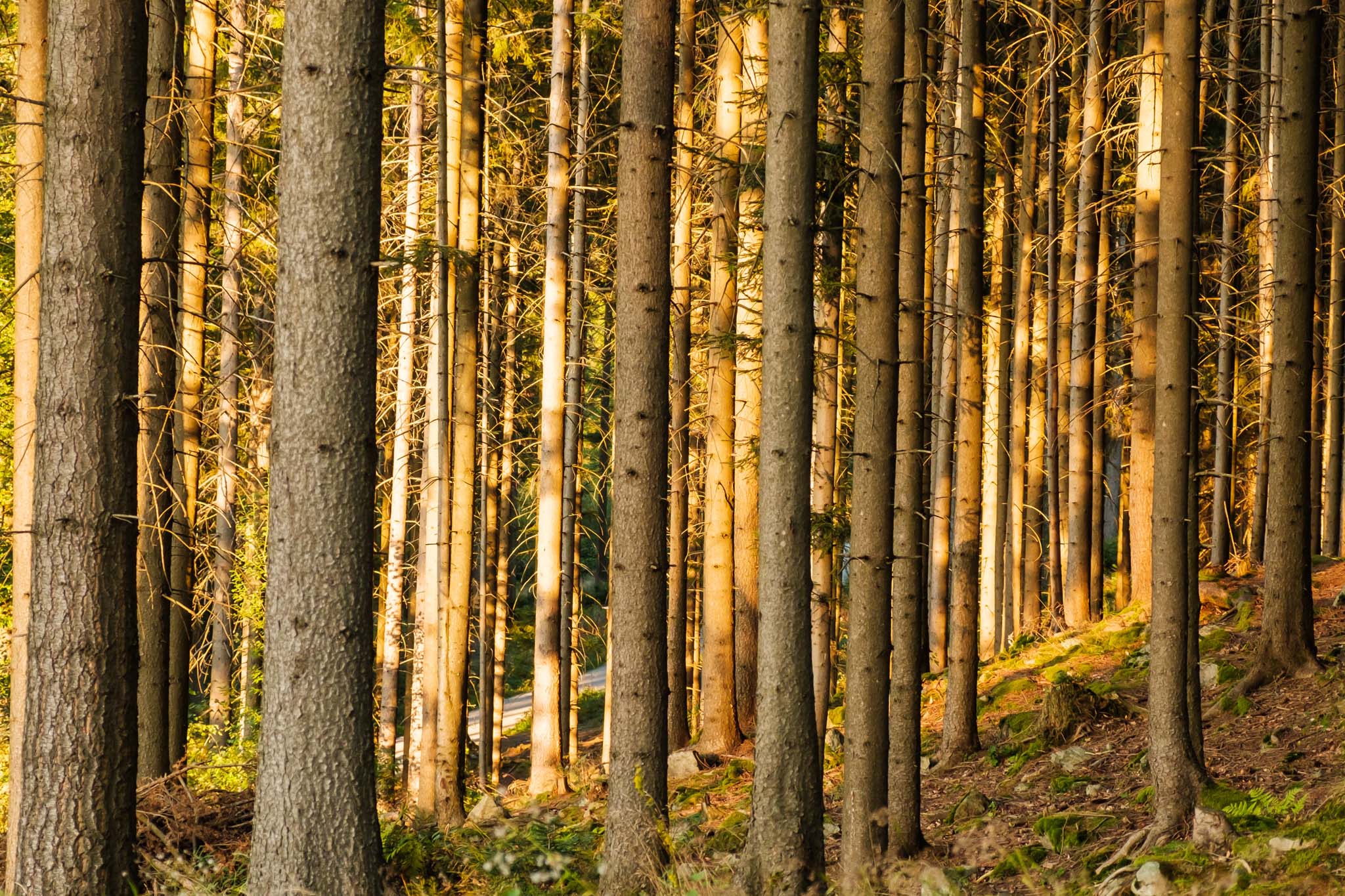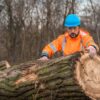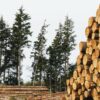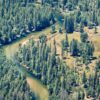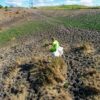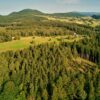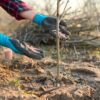Monthly Report - August 2023
There has been a significant rebound in at wharf gate export grade log prices in August on the back of good lifts in China, although current signals are emphasising high level caution.
On the surface, low arrival volumes from NZ has the Eastern Seaboard inventory dropping to 3.7 mill m3, the lowest in a long time. Daily usage has been humming along at 60,000 cubic metres suggesting the market is OK but nowhere near the 90K per day of last year’s levels.
As seen with most NZ land-based commodities, China economic activity is very subdued. How this impacts, lies in examples like the Chinese love of ice cream which is a luxury item and one of the more expressive elements being seen. Luxury items go off the shopping list and milk commodities turn down.
In the case of wood fibre, the want to have, in terms of a 2nd and 3rd apartment investment for the more well to do families has taken a major dive. High level redundancy is common as the mums and dads prefer to keep the money in the bank. Less demand for apartments equals less use of Radiata pine to hold up concrete until it dries.
Even so 60,000 m3 metres per day usage is not too shabby. Some of that usage relates to what has been a quietly building component of use of Radiata pine and that is in edge glue panelling. The issue with that product is a weak RMB which is stripping the value for exporters where the US comprises a big chunk of the sales.
Examples like this has seen wholesale domestic log prices come off ¥10 to ¥40 per JAS in the last 2 weeks which must eventually express itself in the price the market is prepared to pay Kiwi forest owners.
Another issue for NZ is our monthly production will quickly lift back up to over the China consumption level. We can expect the blunt instrument called price to correct the supply demand imbalance if we do not keep harvest levels subdued.
As at mid-August, there are some concerning externalities that emphasis our fragility in terms of our near future as it relates to China. A significant weakening in the RMB against the Greenback at 7.3 to the USD, this the lowest since 2007 and will very much hurt China exports.
Property developers are in deep doo doo’s with over 50 currently in payment default. One of the largest, Country Garden, has some $200 billion in unpaid bills. Reported also is property finance companies delaying bond repayments and getting close to default. All of this is adding to a sense of foreboding and a mood of negativity which in China is everything.
Drilling down to how this all plays out in NZ means current wharf gate prices are at close to NZ$110 per m3, A grade basis, for South Island ports. This compares with a last 12-month average of around $115 with $122 the highest and $83 the lowest.
Part of the reason for fluctuating prices is the CFR prices in China. This is the sales price, sea freight included, at a China port in US dollars per JAS m3. Over the last 12 months the band has been US$103 to $150 per m3, A grade basis. Some of the fluctuation can be attributed to shipping rates which have also operated in a wide band, US$28 – $56 per m3 for South Island ports.
This large spread of prices highlights the issues confronting us, with uncertainty and risk levels not where forest owners want to be. Another one of course, is a total dependence on China where we join the throng of most if not all NZ land-based commodities.
Our domestic sawmills are also struggling for volume orders with margins attached to them. Price cutting is rampant with current production ahead of sales and some mills on a go slow. I do not see this changing until we get a new finance minister with a better suite of solutions to wealth generation which will result in more house building.
The great thing about all of this is of course the trees just keep growing and we can live to fight another day!
As always, please remember the thoroughly important message, “it remains, as always, fundamentally important, the only way forward for climate, country and the planet, is to get out there and plant more trees”!
Allan Laurie.
Laurie Forestry.

